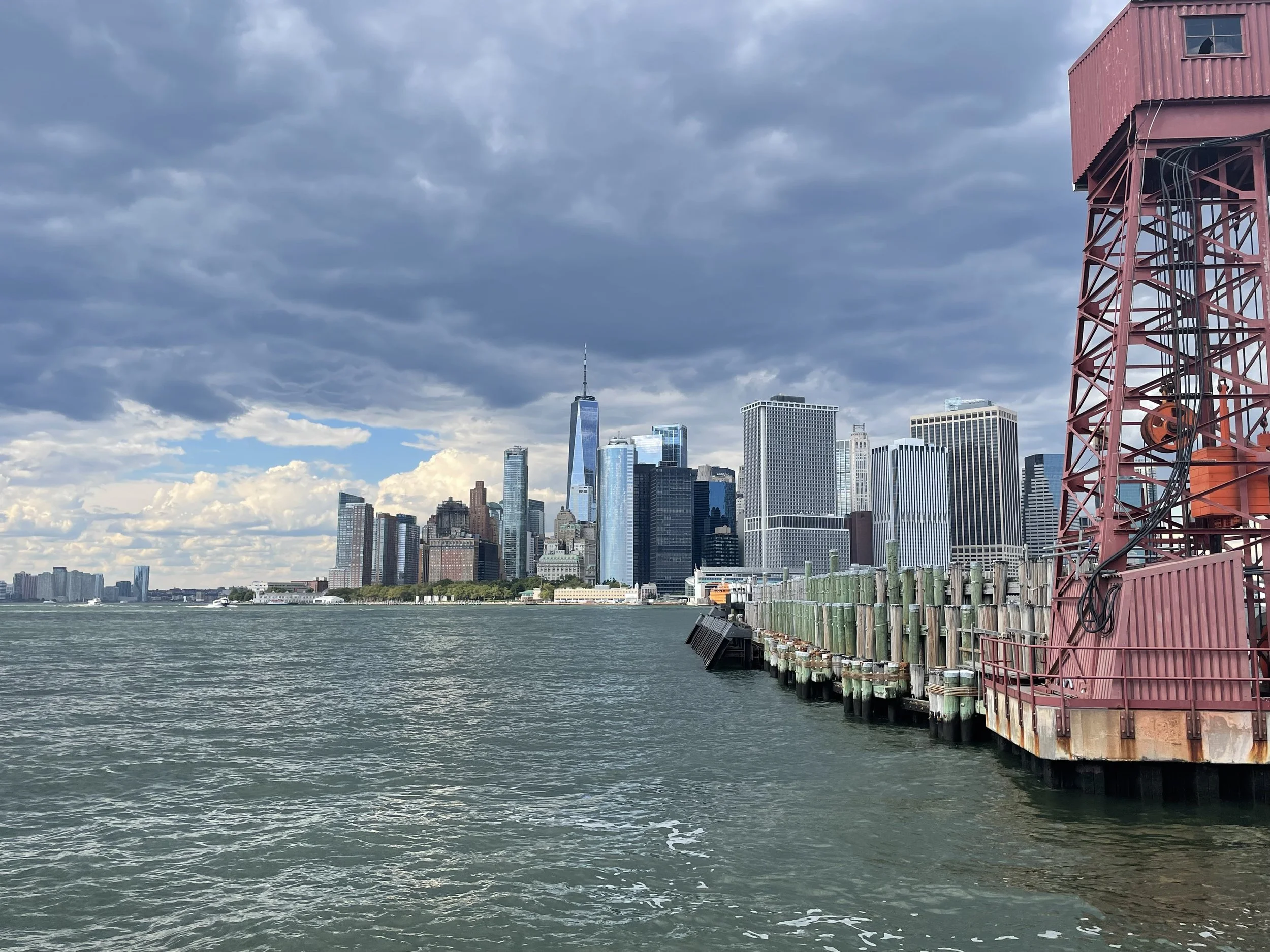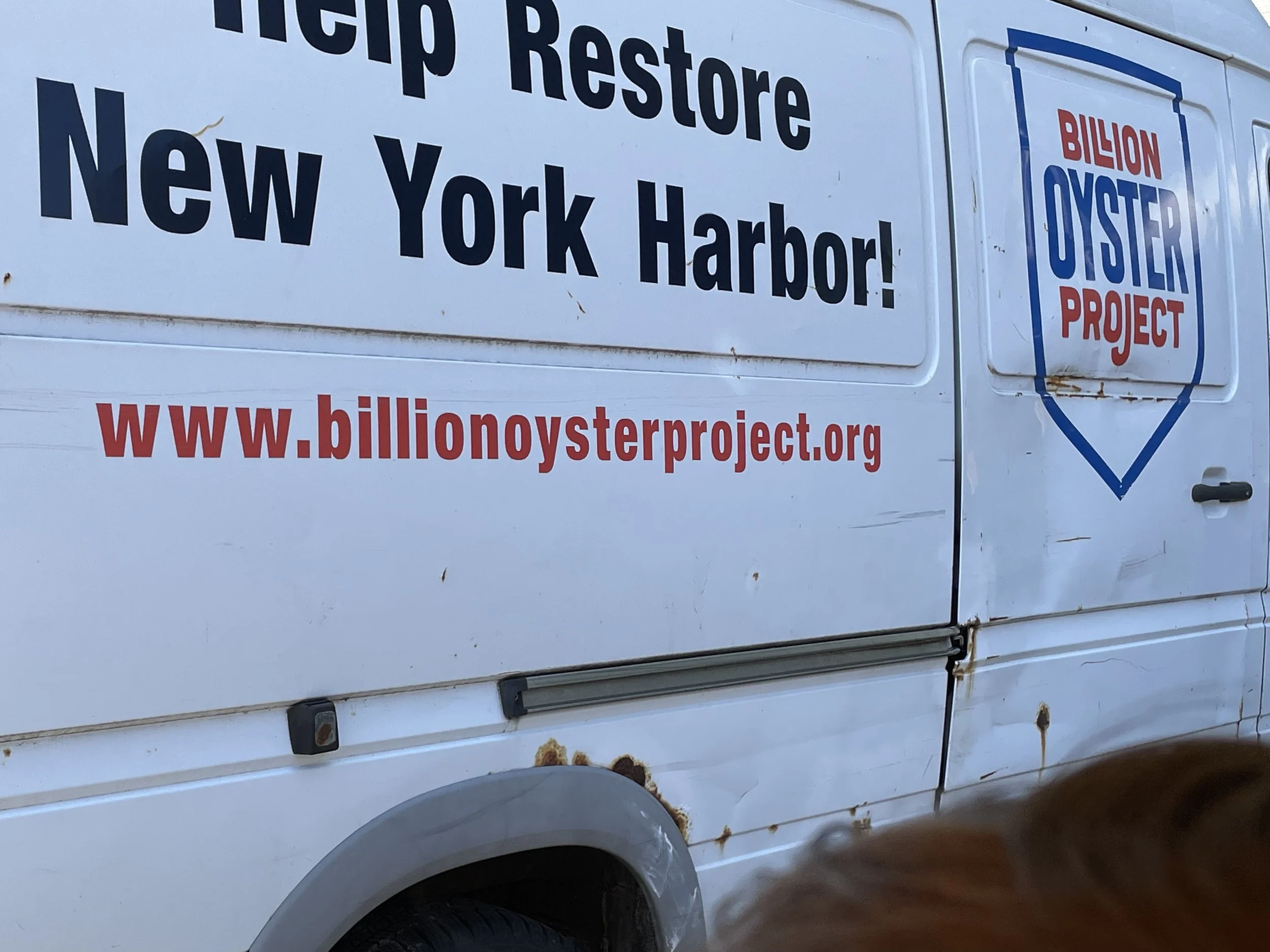The Billion Oyster Project: Smart people doing something good. And you can help.
Much ink has been spilled about New York City’s almost magical history; about the seeming inevitability of it all – this little harbor that became the hub of commerce in the west and entryway into what eventually became the richest, most powerful country in the world. (Let’s not go there, but you get the idea.) Many factors contributed to it – the depth of the harbor itself, the fact that the brackish Hudson never completely freezes, and large ships were able to sail well into the continent and eventually with a little help from the Erie Canal all the way to the Mid-West, which all led to trade of course! Trade!
Some of the best books on the subject are The Island at the Center of the World by Russell Shorto as well as the epic door stopper and Christmas gift idea Greater Gotham by Mike Wallace and my favorite, Joseph Mitchells, Up in the Old Hotel.
Mitchell’s book is a collection of his reportage for the New Yorker that he began in the darkest days of the depression. He explored the city talking to the people who were slipping through the cracks – dock workers, slaughterhouse butchers, the whores who walked the streets of Times Square. (You could say whores back then.) There’s a whole book within a book called McSorley’s Wonderful Old Saloon which is worth the price of the entire volume. After reading it you will likely run all the way to McSorley’s for two dark beers and begin to mansplain your surroundings to the nearest person. (“Good ale, raw onions and no ladies.”)
No other book will make you love the city and be nostalgic for a time you weren’t even alive for than Up in the Old Hotel.
Courtesy: Lensaloft
The last quarter of the collection is called The Bottom of the Harbor which focuses on the waterfront, the seaport and all those oysters that New York was once famous for. I thought of Mitchell’s book when I came across the truck for the Billion Oyster Project on Governor’s Island. The guys around the Seaport told Mitchell the stories of the oyster and its inherent place in New York’s history and ecosystem. Back in the day the harbor was flush with oyster beds – over 220,000 acres of them. Oysters and oyster stands were everywhere. Stopping for any oyster stew late at night after the bar was as common as a slice at Ray’s is today. They were so cheap that people used to feed them to their to their horses! They were like pennies are to us. Need an oyster, take an oyster – have an oyster leave an oyster. By the 1800s they had been over fished to the point that even scientists back then were encouraging some form of conservation. When the Industrial Revolution came along around 1900 the harbor was jammed with steam ships and New York was dumping epic amounts of wastewater into the river. By 1916 the city condemned what was left of the oyster beds and fishing or “raking” for oysters to sell to the public was banned. There were many small communities along the coastline especially of Staten Island that were decimated by the loss of the industry. They say that some people would suddenly have a family member get sick with typhoid and thus the people knew that they were illegally fishing and eating oysters from the harbor.
Courtesy: Flickr
Fast forward to today and the Billion Oyster Project. In 2014 two guys who taught at the harbor school on Governor’s Island started getting public school kids into doing things for the harbor and the environment. Oysters naturally filter the water making it cleaner and clearer. Oyster beds make natural reefs where many species can make a home and live and thrive.
The Billion Oyster Project partners with restaurants and Talisker Scotch to collect discarded shells and bring them to Governor’s Island (one of the coolest places in the city,) where they are used as bases for beds all around the harbor from Jamaica Bay to Great Kills, including an amazing living reef off Staten Island. The goal of the project is to have, yes, a billion oysters back in the harbor by 2035.
There’s still time, so that’s good, because that is a lot.
Scott Brooks / Tawk of New Yawk
They grow new oysters in hatcheries and get them ready to be placed strategically around places like Brooklyn Bridge Park and Coney Island Creek. Oyster beds also act as natural barriers during storms and prevent flooding.
Who does all this? School kids, there are corporate outings (tax break amiright?) but also anyone can volunteer! You and your family can just take the ferry Governor’s Island and spend the day by the water making our shorelines even cleaner than they are which by the way, is the cleanest they have been in one hundred years! Feel awesome yet? I do!
CLICK HERE to volunteer of if you just want to donate money you can do that too.
Or at the very least support a participating restaurant and order a couple dozen oysters!
Courtesy: Billion Oyster Project





